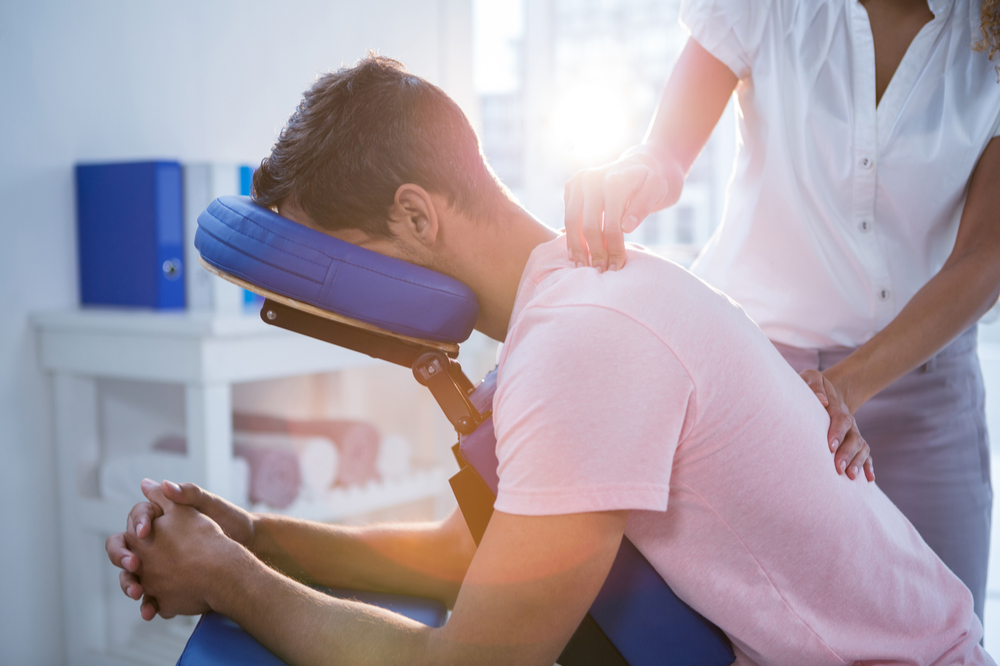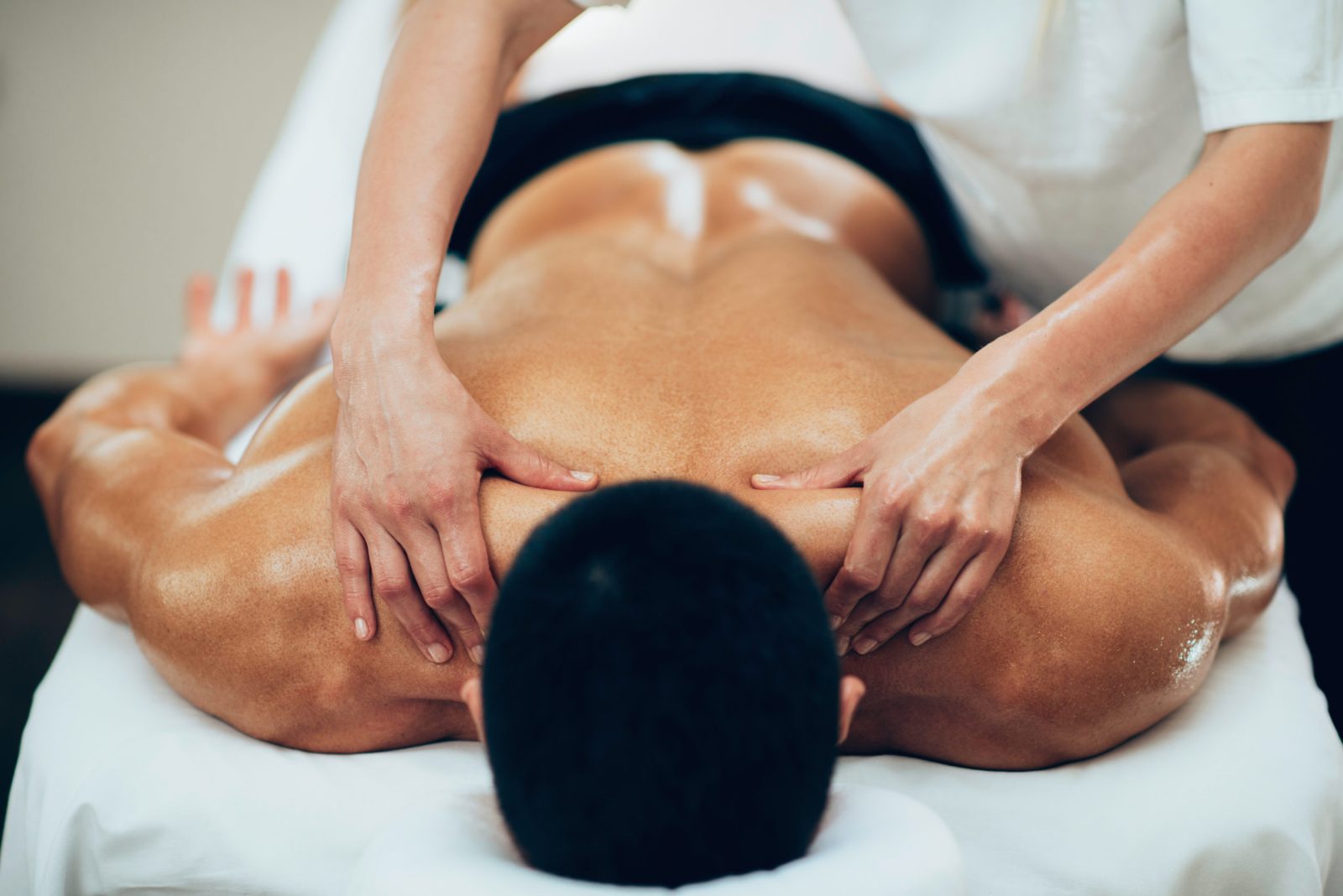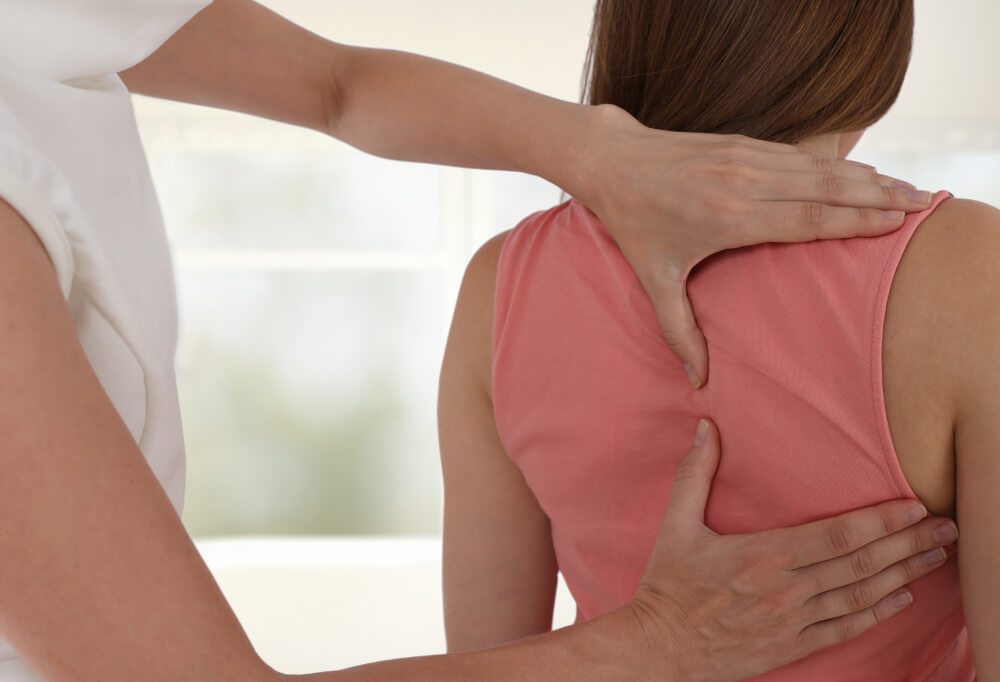Active Release Technique Explained
Regain Optimal Health Through Soft Tissue Manipulation
What is Active Release Techniques (ART) to individuals, athletes and patients?
What can it treat?
ART is a patented, state of the art soft tissue system/movement based massage technique that treats problems with muscles, tendons, ligaments, fascia and nerves. Headaches, back pain, carpal tunnel syndrome, shin splints, shoulder pain, sciatica, plantar fasciitis, knee problems, and tennis elbow are just a few of the many conditions that can be resolved quickly and permanently with ART.
These conditions all have one important thing in common: they are often a result of overused muscles.
Over-used muscles (and other soft tissues) change in three important ways:
- acute conditions (pulls, tears, collisions, etc)
- accumulation of small tears (micro-trauma)
- not getting enough oxygen (hypoxia)
Each of these factors can cause your body to produce tough, dense scar tissue in the affected area. This scar tissue binds up and ties down tissues that need to move freely.
As scar tissue builds up, muscles become shorter and weaker, tension on tendons causes tendonitis, and nerves can become trapped. This can cause reduced range of motion, loss of strength, and pain. If a nerve is trapped you may also feel tingling, numbness, and weakness.
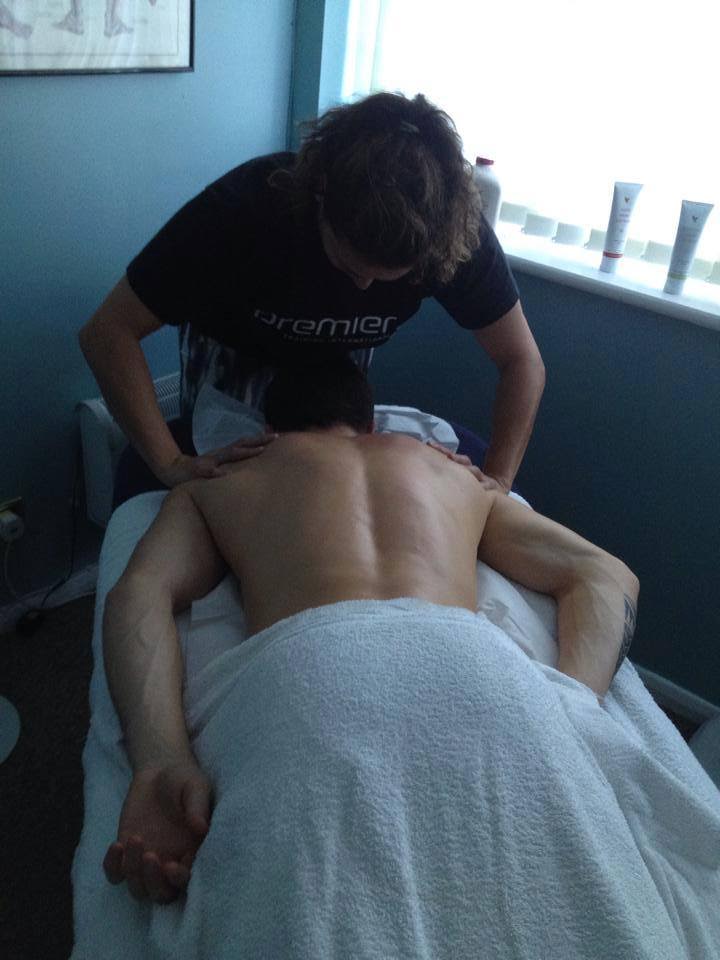
What is an ART treatment like?
Every ART session is actually a combination of examination and treatment. The ART provider uses his or her hands to evaluate the texture, tightness and movement of muscles, fascia, tendons, ligaments and nerves. Abnormal tissues are treated by combining precisely directed tension with very specific patient movements.
These treatment protocols – over 500 specific moves – are unique to ART. They allow providers to identify and correct the specific problems that are affecting each individual patient. ART is not a cookie-cutter approach.
Rehabilitation exercises may also be recommended to compliment your A.R.T. treatment which should be followed to enhance optimal health and to gain the benefits from your treatment.
What is the history of Active Release Techniques?
ART has been developed, refined, and patented by P. Michael Leahy, DC, CCSP. Dr. Leahy noticed that his patients’ symptoms seemed to be related to changes in their soft tissue that could be felt by hand.
By observing how muscles, fascia, tendons, ligaments and nerves responded to different types of work, Dr. Leahy was able to consistently resolve over 90% of his patients’ problems.
He now teaches and certifies health care providers all over the world to use ART.
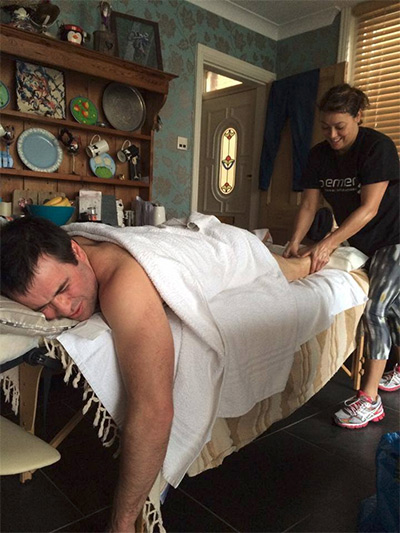
What is Active Release Techniques Treatment?
Active Release Techniques treatment is a hands-on touch and case-management system that allows ART Practitioners to diagnose and treat soft-tissue injuries.
Soft tissue refers primarily to muscle, tendon, fascia, and nerves. Specific injuries that apply are repetitive strains, adhesions, tissue hypoxia and joint disfunction.
In the past, professional education for the treatment of muscle, tendon, fascia and nerve meant that care usually meant drugs, heat, cold, rest and massage.
Do you have CID (Cumulative Injury Disorder)?
CID is a group of injuries to the muscles, tendons, bones, blood vessels, fascia and/or nerves. Originally known/recognised as CTD (Chronic Trauma Disorder).
These types of injuries are a major problem in the workforce, i.e sitting down at a desk all day and pushing a mouse around for your computer!!
These result from acute injury, repetitive injury, or a constant pressure/tension injury (see below).
Injury Types
Acute Injury: The muscle and fascia tearing from an acute injury immediately results in inflammation. The white blood cell, fbrinogen, adhesion process easily sets in.
Repetitive Motion Injury: Repetitive motion injury is related to specific physical factors.
If you suffer from any of the above and it is not treated, you will end up with weak and tight muscles, friction, pressure & tension, which leads into either a Tear or Crush, Inflammation or Decreased Circulations, Edema which then leads to Adhesion/Fibrosis and carries on in a cycle known as The Cumulative Injury Cycle.

